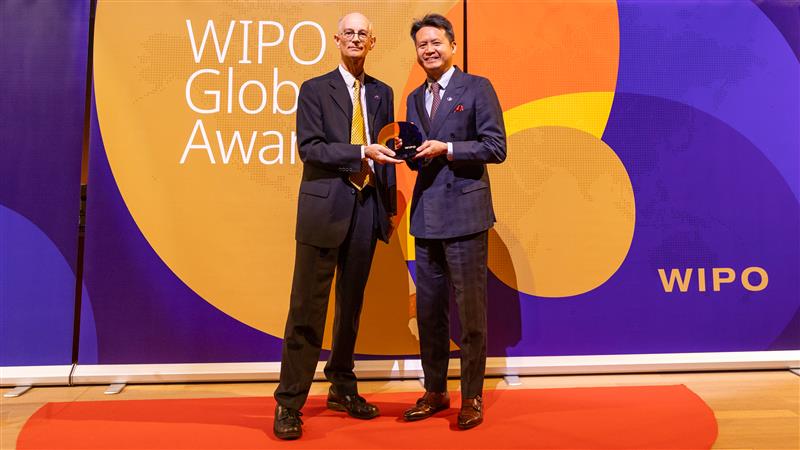Healthcare Scanner
Brexit – plus ça change, plus c’est la même chose or angst?
March 2021
What does the flurry of the last minute Brexit deal mean for intellectual property (IP) and related regulatory protection for medicinal products and medical devices? How far is it more of the same, and how far do we have to wrestle with the new rules in our lives?
The Brexit transition period ended on 31 December 2020 (Completion Day). Existing EU legislation has broadly been retained in UK law, subject to the over 100,000 amendments which came into force on 31 December 2020, including for IP amendments. (Note that Northern Ireland remains under EU rules as a result of the Northern Ireland Protocol (Protocol).
IP
- Patents – These are usually the key rights for medicinal products and medical devices. The good news is that patent legislation has always been separate from the European Union (EU), and so there is no change. The UK will not be part of the Unitary Patent but that will not stop UK entities having Unitary Patents in the EU.
Supplementary protection certificates (SPCs) were always national rights and continue in the UK much as before. After Completion Day you will need a national UK marketing authorisation (MA) to apply for an SPC through the Medicines & Healthcare products Regulatory Agency (MHRA). (European Medicines Agency (EMA) MAs have been cloned automatically into UK MAs). The difference is that you can apply for an SPC for the UK, Great Britain or Northern Ireland. The manufacturing waiver remains. So, despite the SPC, UK manufacturers can manufacture and stockpile products outside of both the UK and EU. The 6 month paediatric extension also remains available (but not for orphan products).
- Trade Marks/Designs – EU trade marks and designs no longer cover the UK. Those registered before Completion Day have been cloned automatically into UK trade marks and designs with all their priority, seniority and renewal dates. Applicants also have until 30 September 2021 to apply to clone EU applications that were pending on Completion Day – application fees are payable. There are two new forms of UK Unregistered Design Rights which mirror an EU unregistered right – Continuing Unregistered Design Right for designs protected as an EU unregistered right before the end of Completion Day, and Supplementary Unregistered Design Right for designs disclosed for the first time after Completion Day. HGF’s full webinar series gives more details.
- Copyright and Related Rights – Copyright is mainly governed by national legislation or international treaties. So no relevant change for the sector. Database rights which existed at Completion Day continue in force in the UK and European Economic Area (EEA). Databases created after Completion Day by UK businesses will not be eligible for EEA database rights. Apparently, UK legislation will be amended to mirror this in reverse for UK database rights.
- Exhaustion – If, at the end of Completion Day, IP had been exhausted then post-Completion Day it remains so. IP rights in goods put on the market in the EEA post-Completion Day will be exhausted in the UK. However, the reverse is not true – putting goods on the market in the UK post-Completion Day will not exhaust the IP rights in the EEA.
Regulatory
We cannot think about IP protection in the sector without considering the relevant regulatory protections. MHRA has issued guidance.
- Medicinal Products – As well as EMA MAs being cloned into UK MAs, a UK-based MA holder (MAH) will need to be identified by 31 December 2023. The Qualified Person responsible for Pharmacovigilance (QPPV) for UK authorised products can reside and operate in the UK or EU/EEA, but you must appoint a UK contact person by 31 December 2021. Cloned MAs preserve their periods of data and market exclusivity, including 10 year market exclusivity for orphan products, from the date of the EU MA. Existing EMA MAs remain in force for the EU. A UK located MAH or QPPV will not be accepted in EU Member States.
The new orphan designation will just be for Great Britain (England, Scotland and Wales) and the criteria for it are tied to Great Britain (with no pre-marketing authorisation orphan designation). The 10 year market exclusivity for new applications to MHRA will be set from the date of first approval of the product in Great Britain. There is also still the possibility of an additional 2 years of market exclusivity for paediatric indications.
- Medical Devices – CE marking will continue to be recognised in Great Britain until 30 June 2023. If your device was placed on the EU market before 1 January 2021, it may remain on the EU market. After that it must have been assessed by an EU-recognised Notified Body.
The new UK equivalent marking to CE is UK CA (or CE UKNI for Northern Ireland). UK-based manufacturers supplying medical devices to the EU will need an Authorized Representative and importer located in the EU. Manufacturers based outside the UK will similarly have to designate a UK Responsible Person (UK REP).
The EU Medical Devices Regulation and EU in vitro Diagnostic Medical Devices Regulation do not apply fully in the EU until 26 May 2021 and 26 May 2022 respectively. So they will not be implemented in Great Britain. There are suggestions that there will be some future strengthening of the legislation in the UK.
Conclusion
The agreement between the UK and the EU has helped. We should be grateful that we already have as much detail about the changes as we have, and many things will continue as before. However, UK based businesses selling into the EU now require the necessary EU MAH and QPPV or EU Authorized Representative and importer and EU-recognised Notified Body assessment. The added complexity of the Northern Ireland Protocol will also keep us on our toes for some time yet.
This article was prepared by HGF Partner Janet Knowles.
































